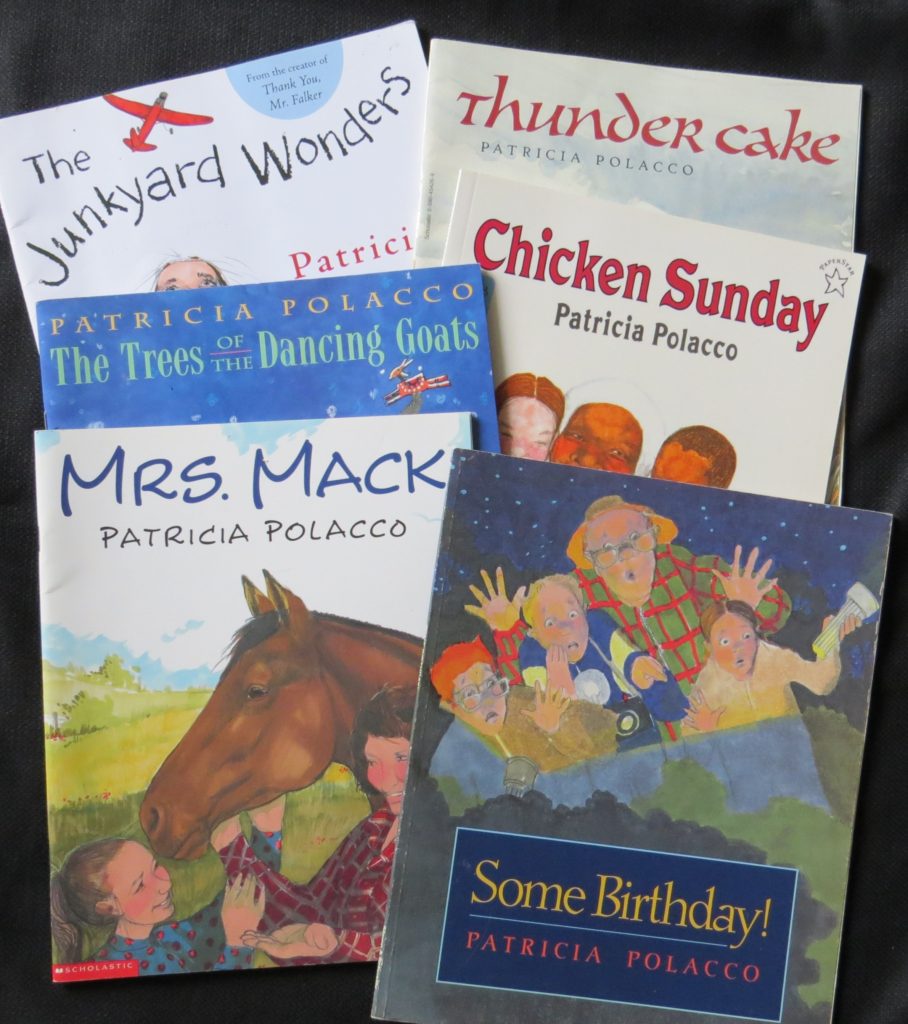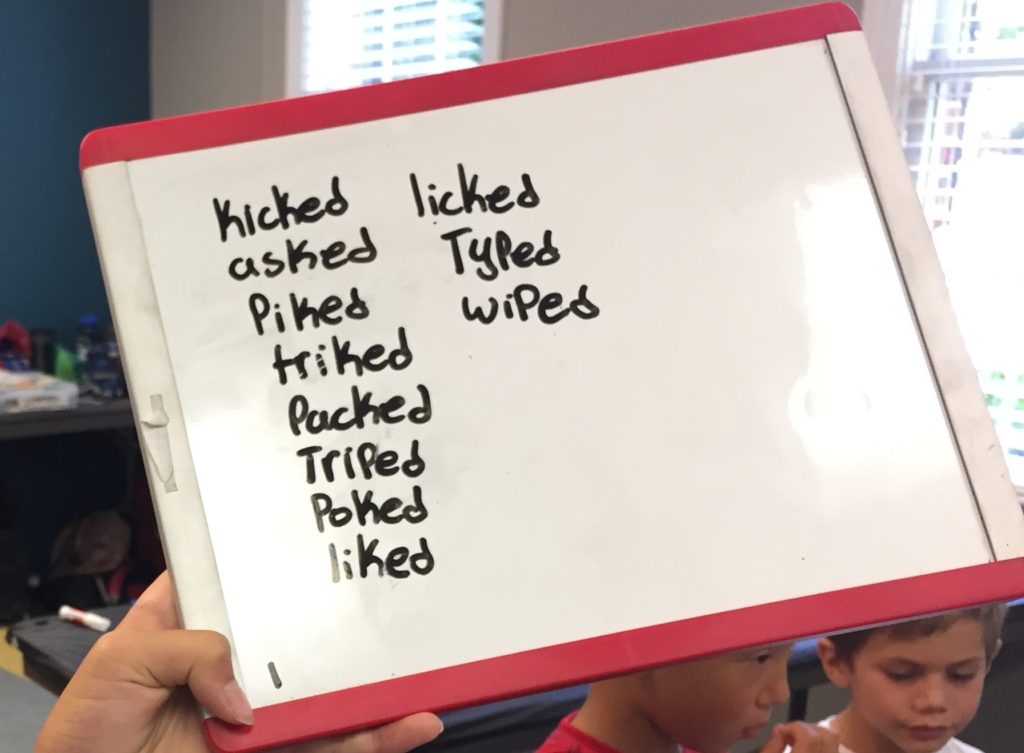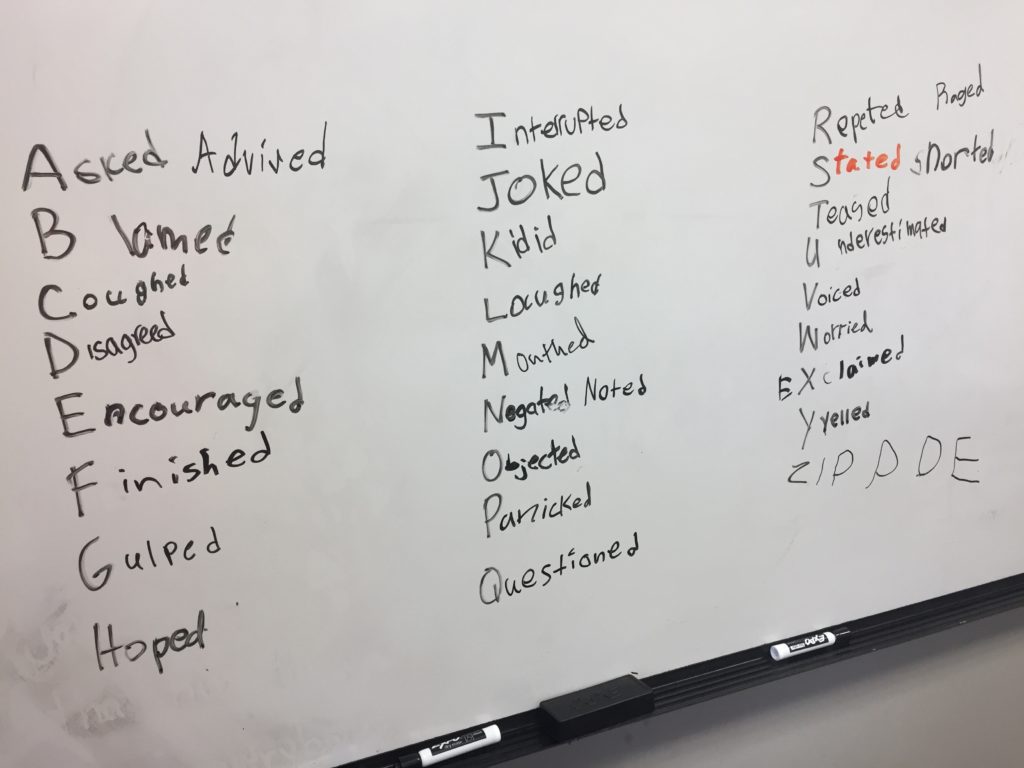Kids love to tell personal narratives, true stories about themselves. However, they often feel intimidated when they have to write them!
This guided writing prompt helps students write out their own story about a conflict with a person, whether it be a classmate, neighbor, friend, cousin, sibling etc.
*This post contains affiliate links. For more information, see my disclosures here.*
When I taught this lesson a few years ago, I remember the students laughing as they reminisced their frustrating conflicts. In most cases, hindsight made the conflict seem trivial and humorous. That’s why we chose to write about them.
Common Core State Standards
NOTE: This lesson can address the following Common Core State Standards: CCSS.ELA-LITERACY.W.K.3, W.1.3, W.2.3, W.3.3, W.3.3.B, W.3.3.C, W.3.3.D, W.4.3, W4.3.A, W.4.3.B, W.4.3.C, W.4.3.D, W.4.3.E, W.5.3, W.5.3.A, W.5.3.B, W.5.3.C, W.5.3.D and W.5.3.E.
Personal Narratives By Patricia Polacco
If you are introducing personal narratives to your child or students, I strongly suggest reading books by Patricia Polacco. She is a prolific writer and specializes in writing her own true stories. They are endearing and often hysterical. Here are a few books that are specifically personal narratives:

The Junkyard Wonders, Thunder Cake, Chicken Sunday, The Trees of the Dancing Goats, Mrs. Mack, Some Birthday! and The Keeping Quilt (not pictured).
Before teaching this particular writing lesson about a personal conflict, I read My Rotten Read-Headed Older Brother to the group. The kids loved it!

Then, I gave them plenty of time to chat about their own experiences and conflicts. Feel free to share a childhood conflict of your own! Students typically enjoy hearing your stories too.
After 5-10 minutes, the students shared some of their stories. For those that still didn’t know what to write about, we gave more examples to jog their memory:
- Two siblings fight over a toy
- Two classmates compete
- Two cousins fight over the last piece of cake
- A neighbor gets left out
NOW THE LESSON!
To get a full understanding on how I conduct each writing lesson you may want to read the Writing Prompts Introduction post. The lesson outlined below (and all other prompts posted) will make more sense and be easier to follow and use. Here’s the lined paper I use for Grades K-2 and Grades 2-7
Tell the Story Line
- First, tell the storyline: You’re going to write a personal narrative about a time you didn’t get along with someone and the outcome.
- Second, read the book, “My Red-Headed Rotten Brother” by Patricia Polacco.
Brainstorm
- Give the students a good 5-10 minutes (or more) to think about a personal conflict to write about.
- Encourage the students to think about actions and dialogue that occurred. “What did you say? What did you do? How did you behave? What did the other person say and do?”
- Lastly, give them time to think about sensory details as well. “Did you see, hear, smell, feel or taste anything specific?“
Show the 5 Steps
- Introduce the characters
- A normal day
- Conflict
- Reactions
- Conclusion
As mentioned in my writing prompts introduction: K-1st Graders are encouraged to write 1 sentence for each section, 2nd Graders 2 sentences, 3rd Graders 3 sentences and so on.
NOW TO WRITE!
Guide the students through the following steps so their personal narratives are organized and complete. They are free to write these ideas in their own words.
- Begin by describing the two characters (appearance, personality, similarities and differences)
- Describe a normal day before the conflict occurred. Begin by stating the season/time/day. For example, On a Tuesday before PE class,…
- Write about the conflict. Begin by using a transitional or temporal word such as All of a sudden, or Suddenly,
- Write each person’s reactions. Write out what each person says by using dialogue. Show the emotions of each person by writing out their actions.
- Write the ending to the conflict. Describe how the two people change for good. Write any lessons that were learned or thoughts for the future.
Print the Lesson
EASY ART ACCENT
When students are done writing their personal narratives, they can write their title with marker or ABC stickers*.

GAMES TO PLAY!



